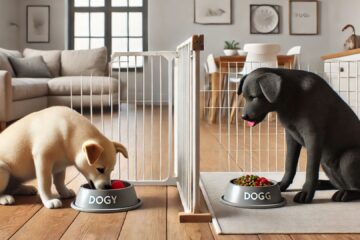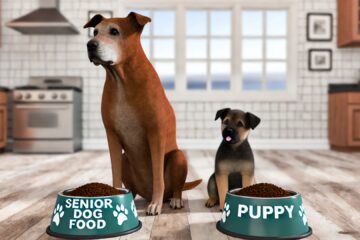Ollie is a popular fresh dog food delivery service that has gained a reputation for offering high-quality, human-grade ingredients in their pet food recipes.
As pet owners become increasingly conscious about the safety and quality of the food they feed their furry companions, understanding the manufacturing processes employed by pet food companies is crucial.
One such process that has gained traction in the industry is High Pressure Pasteurization (HPP).
This non-thermal food preservation technique involves subjecting packaged food to extremely high levels of isostatic pressure, effectively eliminating harmful bacteria and extending the shelf life of the product.
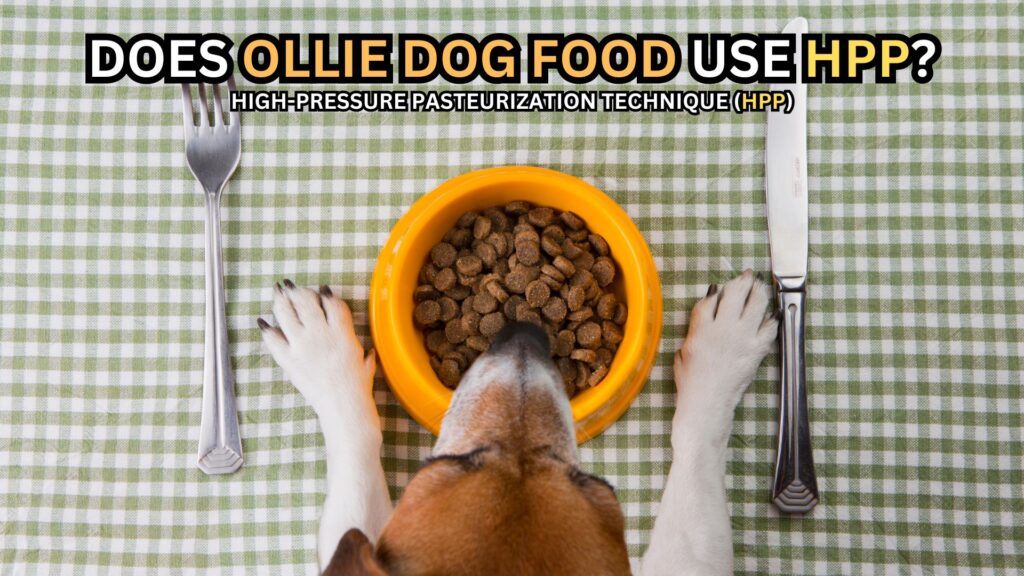
What is HPP (High Pressure Pasteurization)?
High Pressure Pasteurization, or HPP, is a cold pasteurization technique that uses intense levels of hydrostatic pressure (up to 87,000 psi or 600 MPa) to inactivate harmful microorganisms such as bacteria, viruses, and molds.
This process is carried out by submerging sealed food packages in a high-pressure chamber filled with water or another liquid medium.
The immense pressure applied during the HPP process disrupts the cellular structure of microorganisms, rendering them inactive and incapable of reproducing or causing spoilage or foodborne illnesses.
Unlike traditional thermal pasteurization methods, HPP does not rely on high temperatures, which can potentially degrade the nutritional value, flavor, and texture of the food.
Instead, HPP preserves the fresh, natural characteristics of the food while ensuring its safety and extending its shelf life.
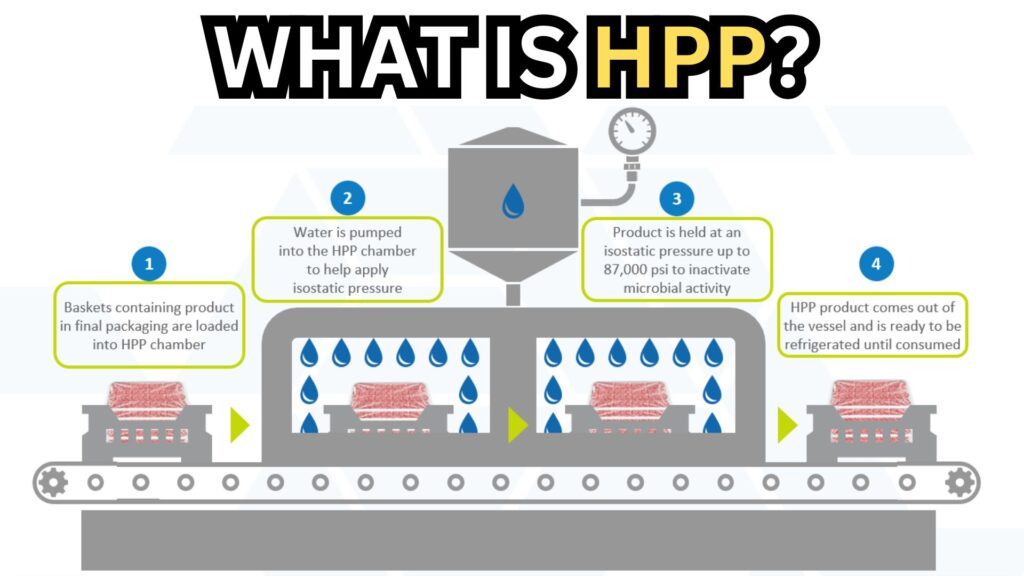
Does Ollie Dog Food Use HPP?
After conducting thorough research and reaching out to Ollie’s customer support team, we can confirm that Ollie does not currently use HPP (High Pressure Pasteurization) in their dog food manufacturing process.
Instead, Ollie employs a combination of traditional and advanced food safety measures to ensure the freshness and quality of their products.
Ollie’s dog food is made in small batches and is immediately vacuum-sealed and frozen after production to lock in freshness and prevent bacterial growth.
The frozen meals are then shipped directly to customers’ doorsteps, ensuring that the food remains fresh and safe for consumption.
Advantages and Disadvantages of HPP in Pet Food
While HPP offers several advantages in preserving food and ensuring safety, there are also potential drawbacks to consider:
Advantages:
- Increased food safety by eliminating harmful pathogens.
- Extended shelf life without the need for chemical preservatives.
- Preservation of nutrients, flavors, and textures compared to thermal pasteurization.
Disadvantages:
- Potential impact on the texture and mouthfeel of certain food products.
- Higher initial investment costs for HPP equipment and facilities.
- Limited availability of HPP processing facilities for pet food manufacturers.

Other Food Safety Measures Used by Ollie
Although Ollie does not currently utilize HPP, the company takes several measures to ensure the safety and quality of their dog food:
- Sourcing high-quality, human-grade ingredients from trusted suppliers.
- Implementing stringent quality control measures throughout the production process.
- Adhering to strict food safety guidelines and regulations.
- Conducting regular testing for potential contaminants and pathogens.
- Utilizing airtight packaging and freezing to preserve freshness and prevent bacterial growth.
Conclusion:
While High Pressure Pasteurization (HPP) is a promising food preservation technique that offers benefits in terms of food safety and nutrient retention, Ollie Dog Food has chosen to rely on traditional freezing methods and stringent quality control measures to ensure the freshness and safety of their products.
As a responsible pet owner, it’s essential to research and understand the manufacturing processes employed by your chosen pet food brand.
By being an informed consumer, you can make educated decisions about the best food options for your furry friend’s health and well-being.
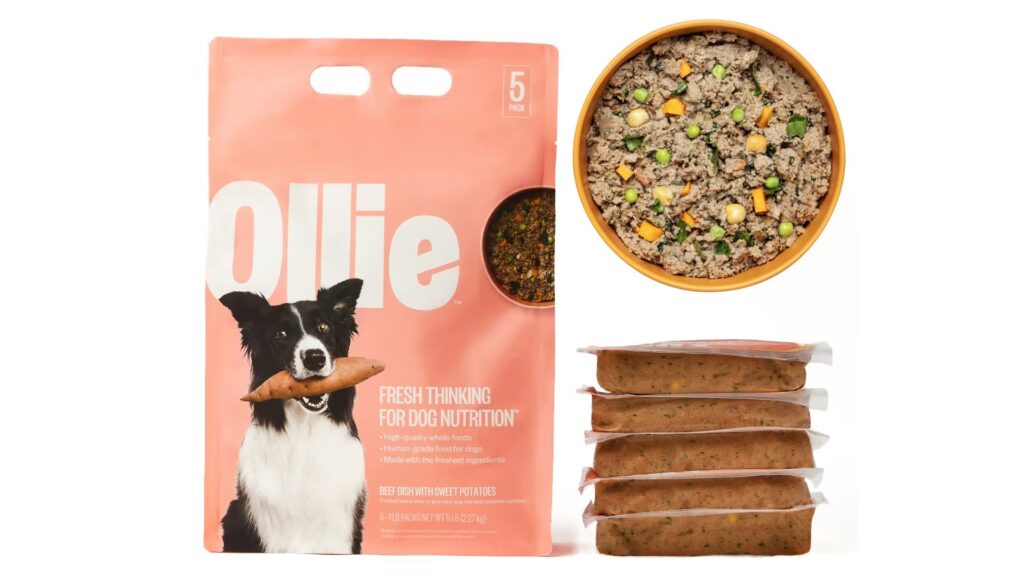
FAQs:
Is HPP safe for pet food?
Yes, HPP is considered a safe and effective method for preserving pet food.
The high pressure used in the process effectively eliminates harmful pathogens without the need for chemical preservatives or high heat, which can degrade the nutritional value of the food.
How does HPP compare to other food preservation methods?
Compared to traditional thermal pasteurization methods, HPP is generally considered superior in terms of preserving the natural flavors, textures, and nutrients of the food.
However, it may have a higher initial investment cost for manufacturers. Compared to chemical preservatives, HPP is a more natural and safer alternative.
Does HPP affect the nutritional value of pet food?
No, HPP is a non-thermal process that does not involve high temperatures, which means it does not significantly degrade the nutritional value of the food.
In fact, HPP is known to better preserve the natural nutrients and vitamins in the food compared to traditional thermal pasteurization methods.
How does Ollie ensure the freshness and quality of their dog food?
Ollie employs a combination of measures to ensure the freshness and quality of their dog food, including;
- sourcing high-quality ingredients
- implementing stringent quality control processes
- adhering to food safety regulations
- conducting regular testing
- utilizing airtight packaging and freezing to prevent bacterial growth and preserve freshness
Are there any alternative pet food brands that use HPP?
While HPP is still relatively new in the pet food industry, some pet food brands have started adopting this technology.
Examples include Nutrish, Primal Pet Foods, and Stella & Chewy’s. However, it’s important to note that not all products from these brands necessarily undergo HPP processing.

